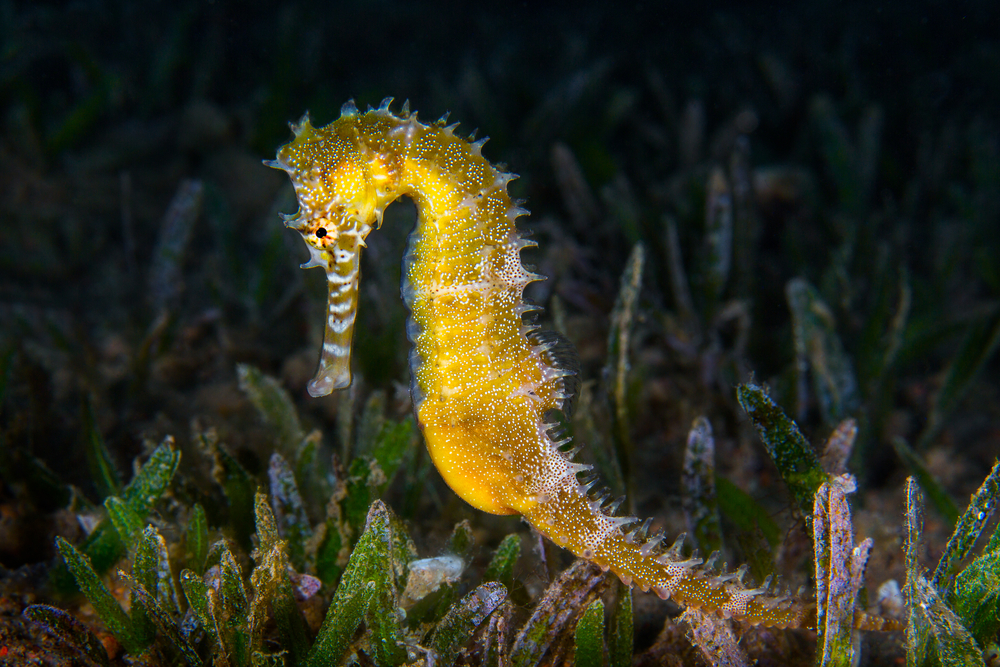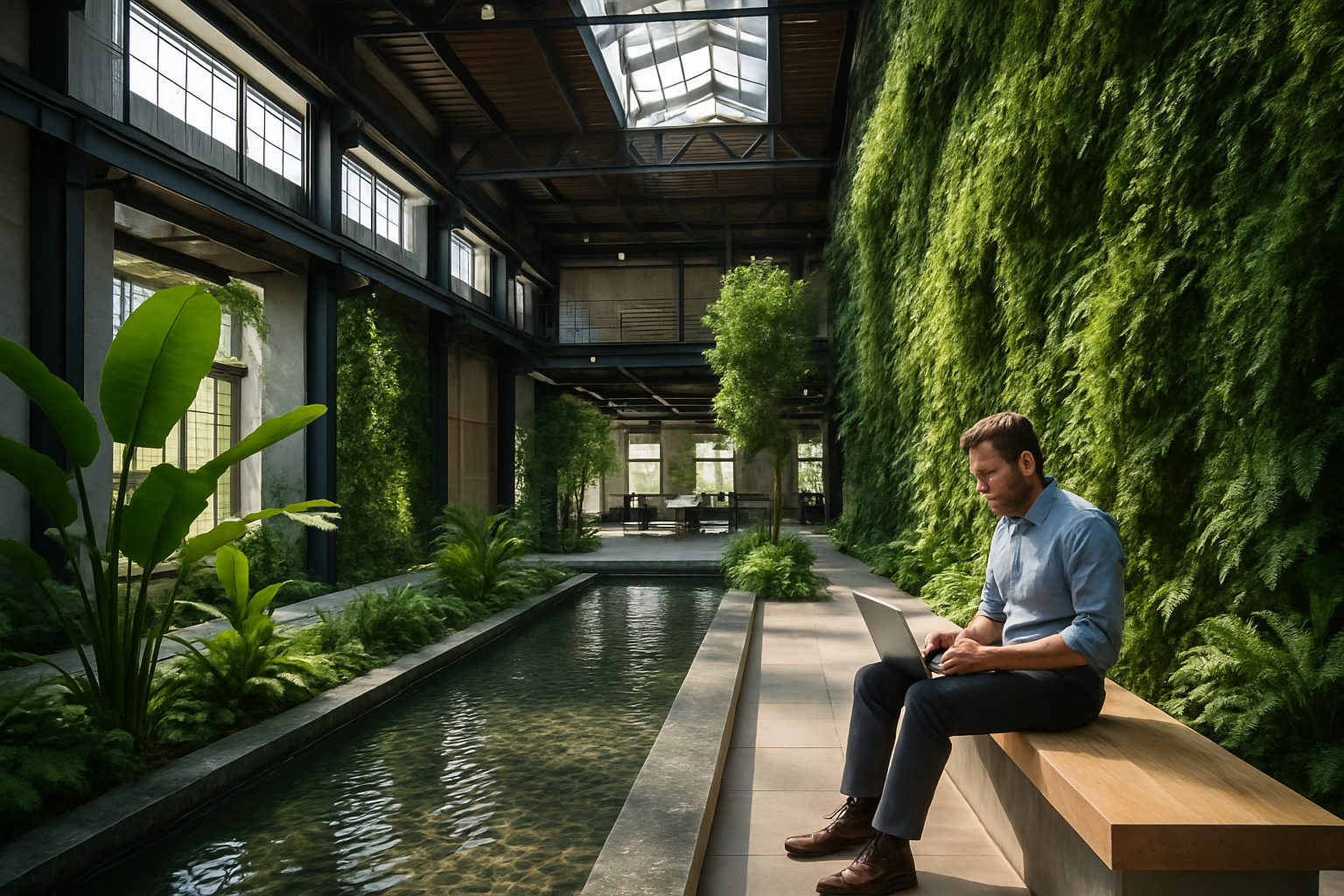Biomimicry in Industrial Design: Nature-Inspired Solutions for Manufacturing
Innovative manufacturing strategies often emerge from unexpected sources. Biomimicry, the practice of emulating nature's time-tested patterns and strategies, is revolutionizing industrial design. This approach taps into billions of years of evolutionary refinement, offering manufacturers novel solutions to complex challenges. From enhancing product durability to optimizing production processes, nature-inspired innovations are reshaping the industrial landscape.

The Roots of Industrial Biomimicry
Biomimicry in industrial design isn’t a new concept, but its application has expanded significantly in recent years. Early examples include Velcro, inspired by the hook-like structures on burrs, and the bullet train’s aerodynamic nose, modeled after a kingfisher’s beak. These innovations laid the groundwork for more sophisticated applications in modern manufacturing.
As environmental concerns and resource scarcity have become pressing issues, biomimicry has emerged as a powerful tool for sustainable design. Nature’s closed-loop systems and energy-efficient processes offer valuable lessons for industrial operations seeking to minimize waste and maximize efficiency.
Nature-Inspired Materials Revolution
One of the most profound impacts of biomimicry in manufacturing is in the realm of materials science. Researchers and engineers are developing new materials with extraordinary properties by studying natural structures at the molecular level.
For instance, spider silk, known for its strength and elasticity, has inspired the creation of high-performance fibers. These biomimetic materials find applications in industries ranging from aerospace to medical devices, offering superior strength-to-weight ratios and durability.
Another example is self-healing materials inspired by the human body’s ability to repair wounds. These materials can automatically repair small cracks or damages, extending the lifespan of products and reducing maintenance costs in industrial settings.
Optimizing Production Processes
Beyond materials, biomimicry is influencing how manufacturers approach production processes. Nature’s efficiency in resource utilization and energy conservation serves as a model for optimizing industrial operations.
For example, the swarm behavior of ants and bees has inspired new approaches to supply chain management and logistics. These natural systems demonstrate remarkable efficiency in resource allocation and task distribution, principles that can be applied to streamline manufacturing operations and improve overall productivity.
Enhancing Product Design
Biomimicry is also transforming product design across various industries. By emulating nature’s forms and functions, designers are creating more efficient, durable, and sustainable products.
Wind turbine blades inspired by humpback whale flippers demonstrate improved aerodynamics and energy capture efficiency. In the automotive industry, vehicle designs inspired by boxfish have resulted in more fuel-efficient and aerodynamic cars.
These nature-inspired designs not only improve product performance but often lead to reduced material usage and energy consumption during manufacturing, aligning with sustainable production goals.
Challenges and Future Prospects
While biomimicry offers immense potential, its implementation in industrial settings comes with challenges. Translating biological principles into manufacturable designs often requires significant research and development. Additionally, scaling up nature-inspired solutions to industrial levels can be complex and costly.
However, as technology advances and our understanding of natural systems deepens, the barriers to implementing biomimetic solutions are gradually diminishing. The future of industrial biomimicry looks promising, with potential applications in areas such as energy harvesting, waste management, and advanced manufacturing techniques.
Key Insights for Industrial Biomimicry Implementation
• Start with a clear problem statement: Identify specific challenges in your manufacturing process that could benefit from nature-inspired solutions.
• Collaborate across disciplines: Bring together biologists, engineers, and designers to foster innovative thinking and comprehensive solution development.
• Invest in research and development: Allocating resources to explore and adapt biomimetic principles can lead to groundbreaking innovations.
• Focus on scalability: Ensure that nature-inspired solutions can be effectively implemented at an industrial scale.
• Consider long-term sustainability: Evaluate how biomimetic designs can contribute to reducing environmental impact and improving resource efficiency.
As industries continue to face complex challenges in sustainability, efficiency, and innovation, biomimicry offers a fresh approach to problem-solving. By looking to nature’s time-tested strategies, manufacturers can unlock new possibilities in design, materials, and processes. The integration of biomimicry in industrial practices not only drives innovation but also aligns business operations with sustainable principles, paving the way for a more resilient and environmentally conscious manufacturing sector.





